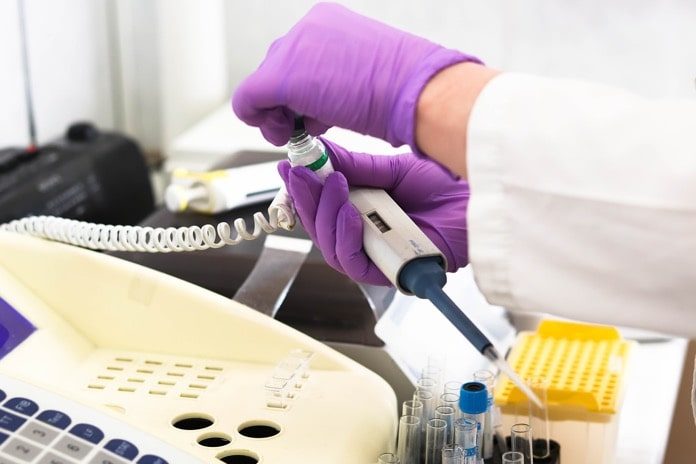An exciting study published in Science Translational Medicine has identified a novel protein which could aid in early diagnosis and lung cancer treatment.
It has been established that many tumors rely on a constant glucose supply for supporting their growth. As the cancer cells continue to grow, many cells can adapt and find novel mechanisms to acquire glucose. For example, a large majority of cancer cells can use GLUTs, which are passive transporters of glucose that have been shown to support cancer cell growth by promoting efficient uptake of the nutrient.
Some recent studies have now identified other novel transporters that could be involved in glucose transport. This, in turn, has renewed interest of researchers in identifying unique glucose transporters that could be exploited to cut a tumor’s supply of glucose in order to restrict cancer cell growth.
SGLT2 as an early diagnostic marker for the detection of lung cancer
Researchers from UCLA in the United States were encouraged by their exciting findings that showed the role of sodium-dependent glucose transporter 2 (SGLT2) in prostate and pancreatic cancer also extended their studies in lung cancer. They found that this protein is uniquely expressed in early-stage lung cancers. The researchers employed immunohistochemistry (a tissue staining procedure) to measure SGLT2 levels on 58 human tissue sample derived from stage 1 to 4 lung adenocarcinoma.
The investigators found that lung cancers utilized SGLT2 for glucose utilization at early stages, and the cells switched to GLUT1 to replenish glucose at later stages. The analysis revealed that SGLT2 expression was high in more differentiated tumors whereas GLUT1 expression was higher in poorly differentiated lung cancer.
What was interesting that SGLT2 starts expressing at the start of the tumor growth as normal lung cells start acquiring cancerous phenotypes (pre-malignant lesions), whereas GLUT1 did not exhibit this characteristic.
Using a mouse model of lung cancer that allows for spontaneous development and growth of lung cancer, the researchers then showed that the expression of this marker could be effectively monitored with very high precision by using positron emission tomography (PET) – a technique that is frequently employed to monitor metabolic profile of animals.
SGLT2 as a therapeutic candidate for the treatment of lung cancer
The researchers also utilized a class of FDA-approved inhibitors called Gliflozins to effectively block SGLT2 activity. This deprives cancer cells of their glucose requirement, leading to a dramatic reduction in cancer cell growth. This allowed the tumors to shrink in size by almost 47% and also led to a remarkable increase in survival of two different cancer mouse models – one that mimics spontaneous lung cancer growth and the other which supports the growth of human-derived cancer cells (patient-derived xenograft, PDX).
The authors conceded a limitation of the study was lack of correlation between stage of the tumor and SGLT2 expression level. Despite this limitation, the study has uncovered a great diagnostic and therapeutic candidate that could aid in the management of lung cancer following more rigorous clinical validation in future.
Written by Vinayak Khattar, Ph.D., M.B.A.
Reference: Scafoglio, C. R., Villegas, B., Abdelhady, G., Bailey, S. T., Liu, J., Shirali, A. S., . . . Shackelford, D. B. (2018). Sodium-glucose transporter 2 is a diagnostic and therapeutic target for early-stage lung adenocarcinoma. Science Translational Medicine, 10(467). doi:10.1126/scitranslmed.aat5933



